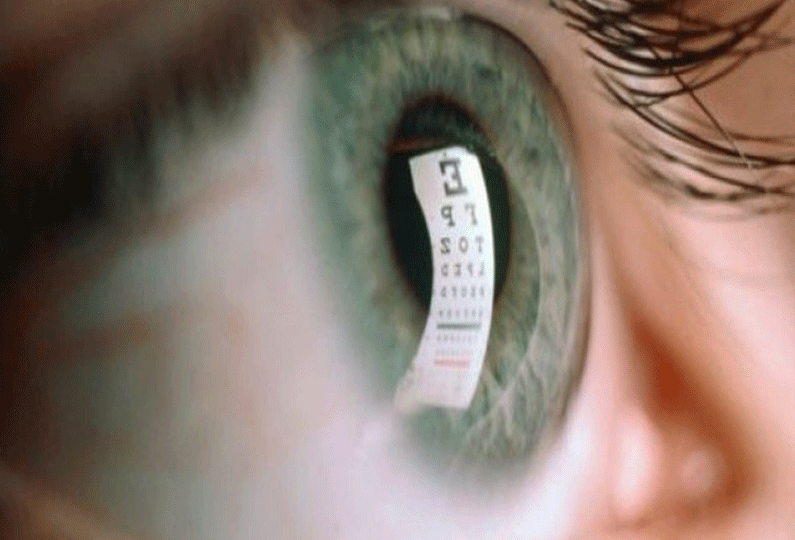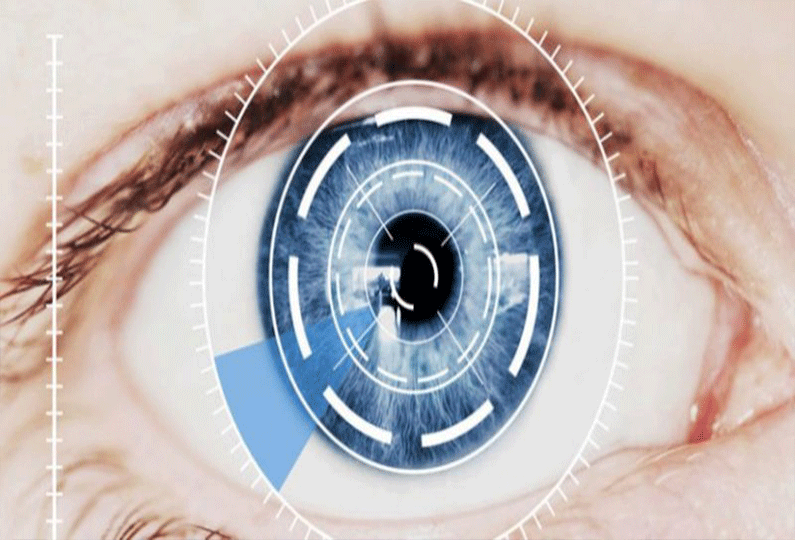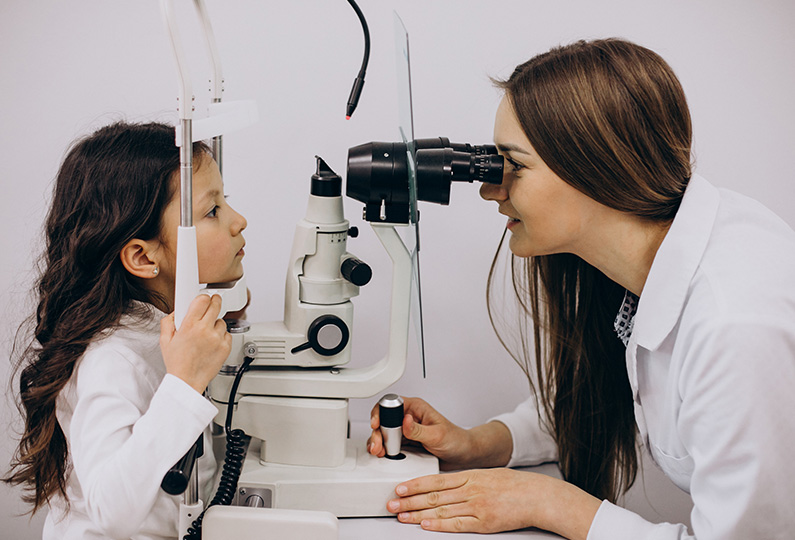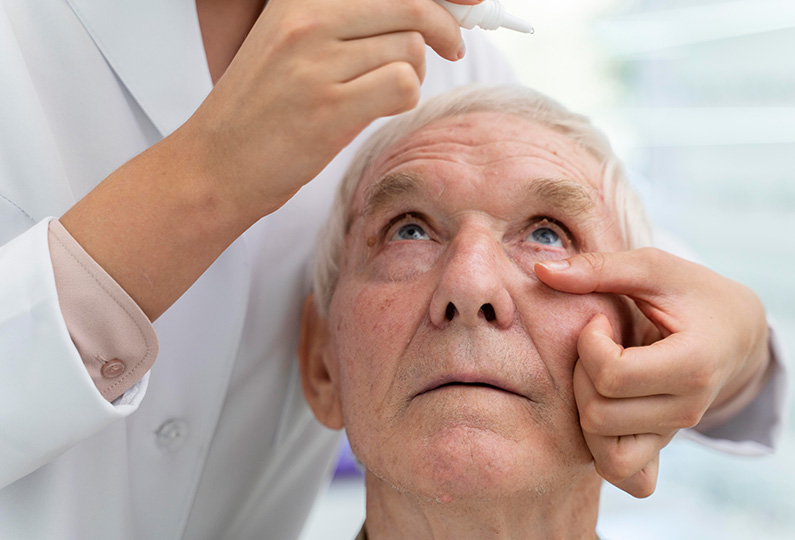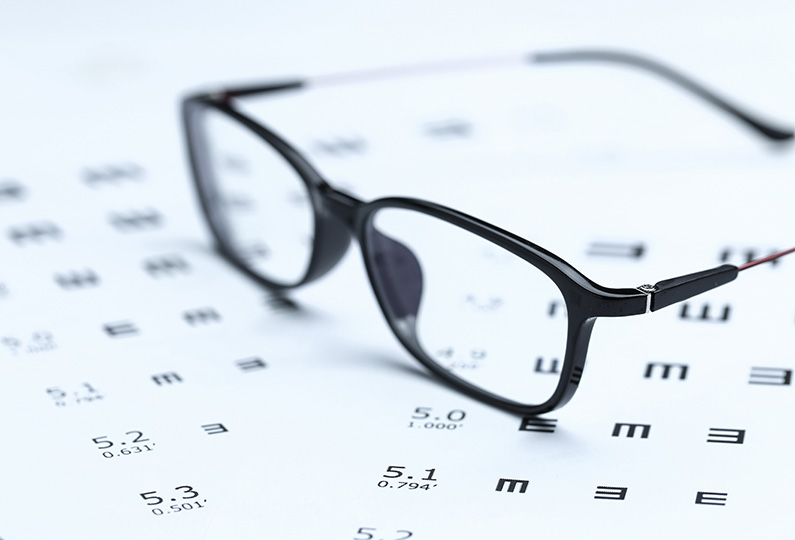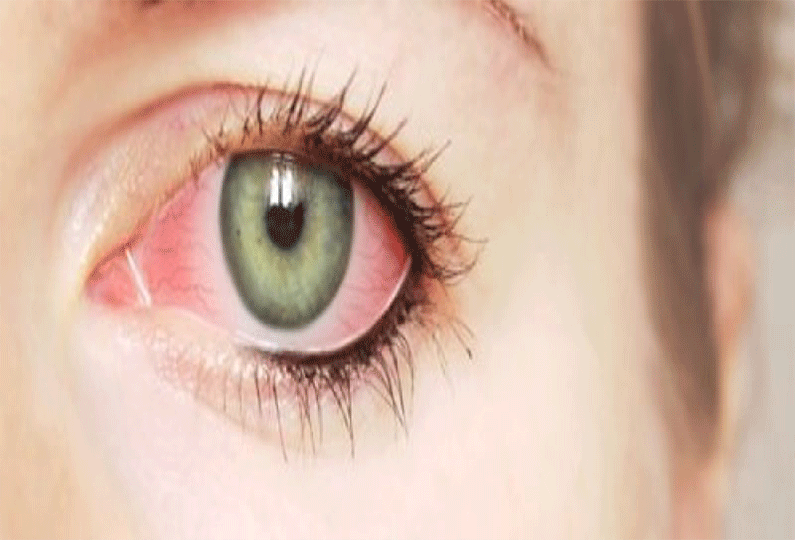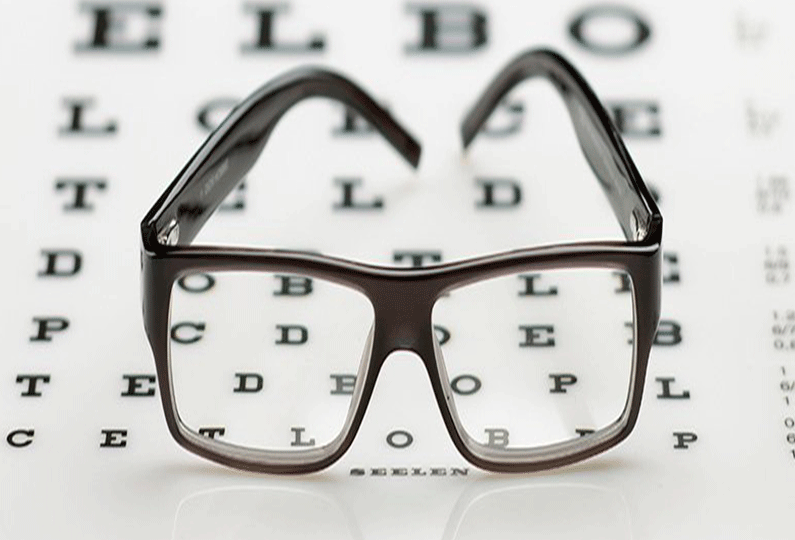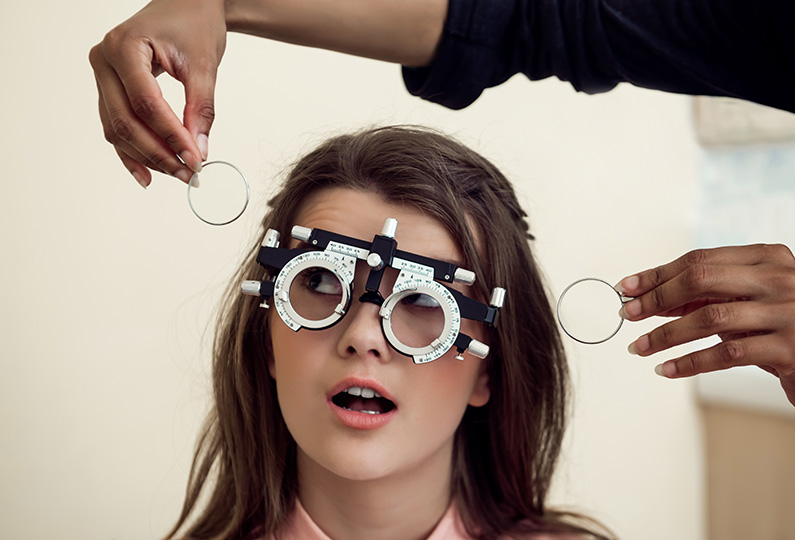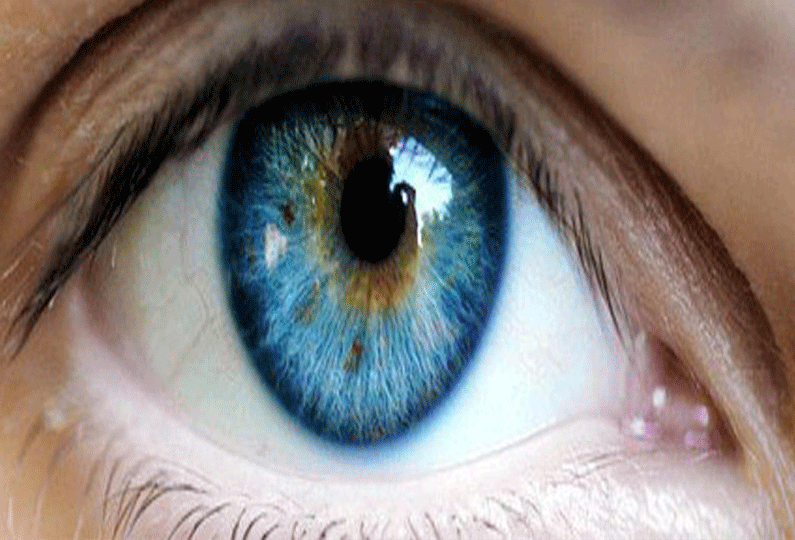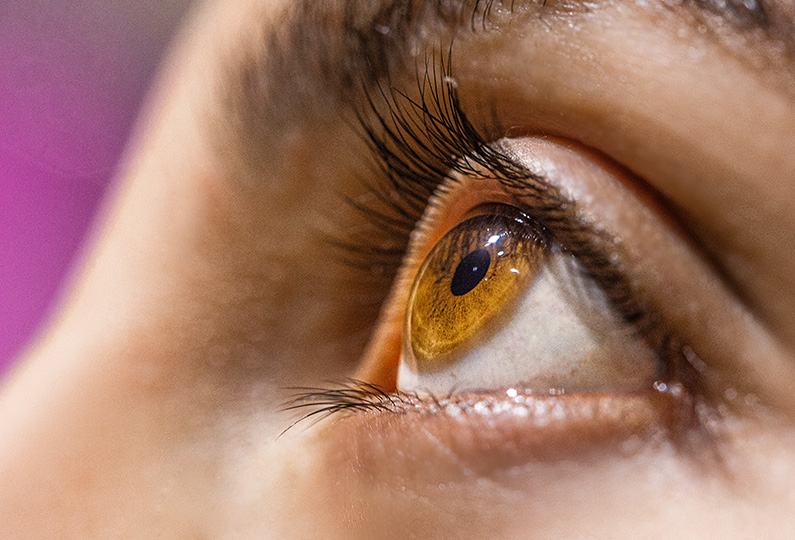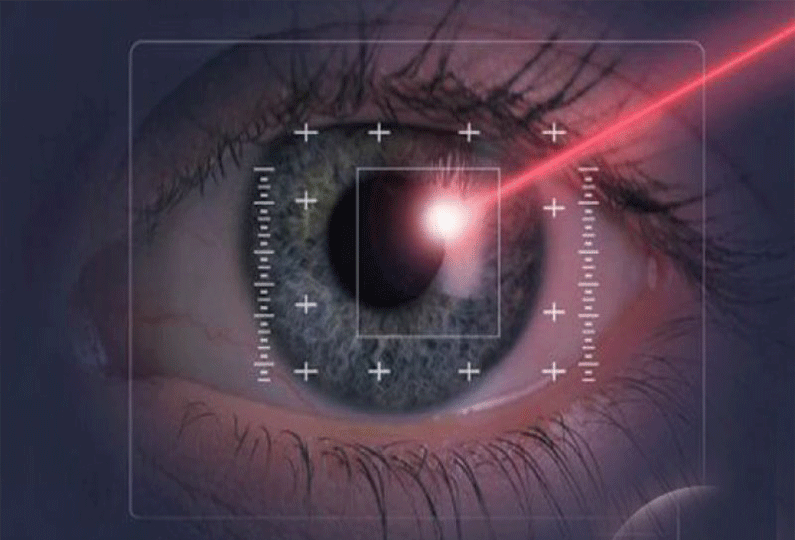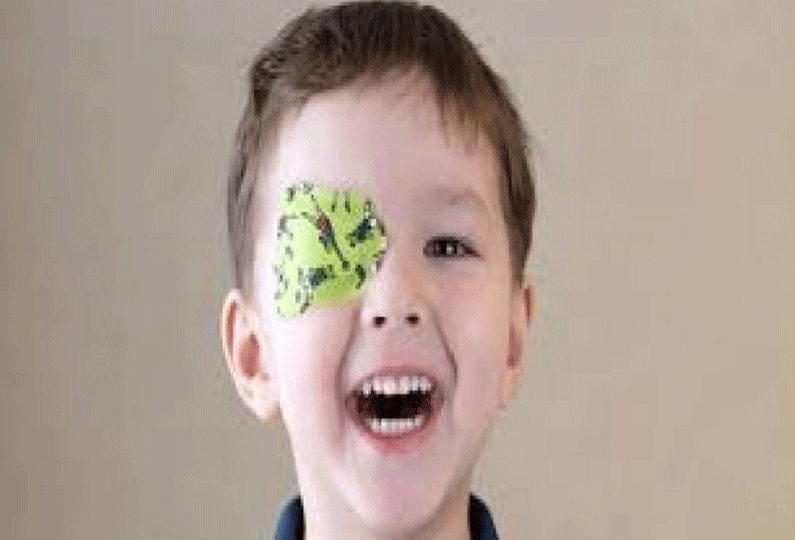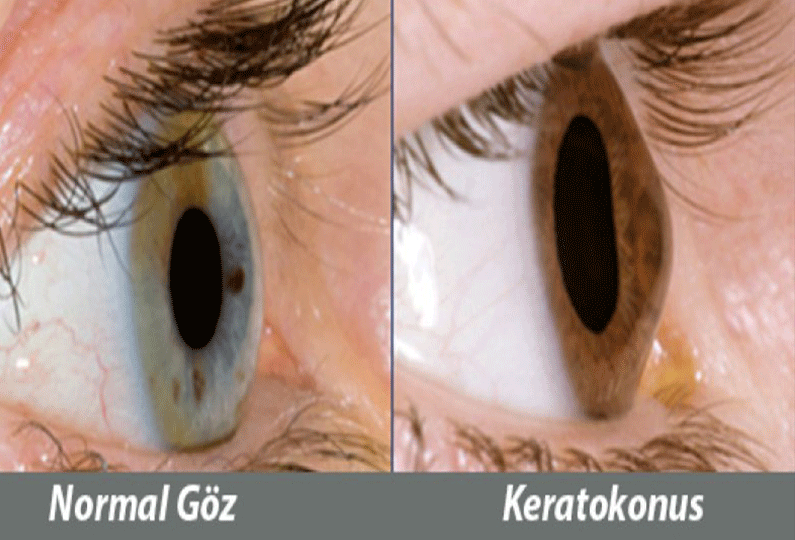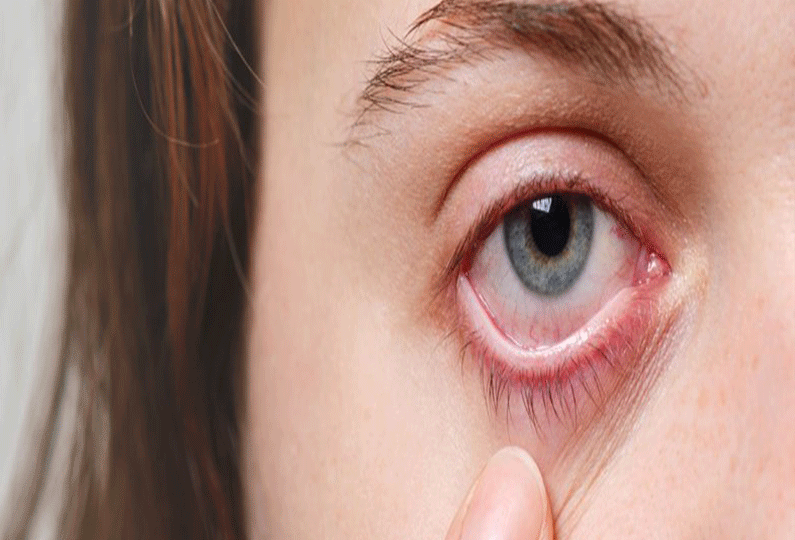Refraction Defects
Refraction Defects
The eye is an optical system similar to a camera. Light and images coming from outside are refracted in the cornea (the outermost transparent layer of the eye) and the lens and reach the visual center on the retina. In a normal eye, external heat is refracted in the cornea and lens and falls on the visual center to form a clear image. In some cases, depending on the structure of the cornea, lens and eye, images may not form clearly on the retina.
Myopia
It develops as a result of the focusing of external rays before they reach the visual point. It occurs when the anterior-posterior axis of the eye is long or when the refractive power of the cornea and lens changes. Since the adaptive power is very low in myopic eyes, the person has to wear glasses to see far away.
Astigmatism
It occurs when the refractive power of the cornea is different in two perpendicular axes and the image is refracted in different planes. It may vary depending on the structure of the cornea and lens. Astigmatism causes reflection and blurred vision at any distance. Astigmatic vision can be likened to the image formed in trapezoidal mirrors in circuses.
Hyperopia
It develops as a result of the focusing of external rays behind the visual point. It occurs when the anterior-posterior axis of the eye is short or when the refractivity of the cornea and lens changes. The adaptive power in hyperopic eyes is high. People with low-grade hyperopia can see normally by adjusting, but the eye gets tired quickly. In high hyperopia, both distance and near vision are impaired.
Presbyopia (Age Related Near Vision Impairment)
It is the loss of elasticity of the lens due to aging and consequently deterioration of near vision. It starts at the age of 35-40 and progresses continuously until the age of 60.
Keratoconus
It is the thinning and protrusion of a part of the corneal surface. These people cannot see clearly with glasses. They can use contact lenses specially produced according to the degree of the disease. In very advanced cases, corneal transplant surgery called keratoplasty may be required.
Myopia, hyperopia, astigmatism and presbyopia are general refractive errors of the eye. These refractive errors can occur individually in the eye or more than one refractive error can be seen together. The refractive error may occur in one eye or both. Apart from these, special refractive errors may occur due to disorders of the cornea and lens. In one eye, the refractive error may be accompanied by disorders of the cornea, the lens, the visual layer or the optic nerve. People with refractive errors should therefore undergo regular eye and ophthalmic examinations every year. In children, if there is any suspicion of slippage or visual impairment, an eye check should be performed as soon as possible. Even if there is no problem, eye examinations should be performed around the age of 4.
There are many alternatives for people with refractive errors to see clearly.
- They can use glasses.
- They can use contact lenses.
- They can get rid of all or part of their refractive errors with excimer laser treatment.
